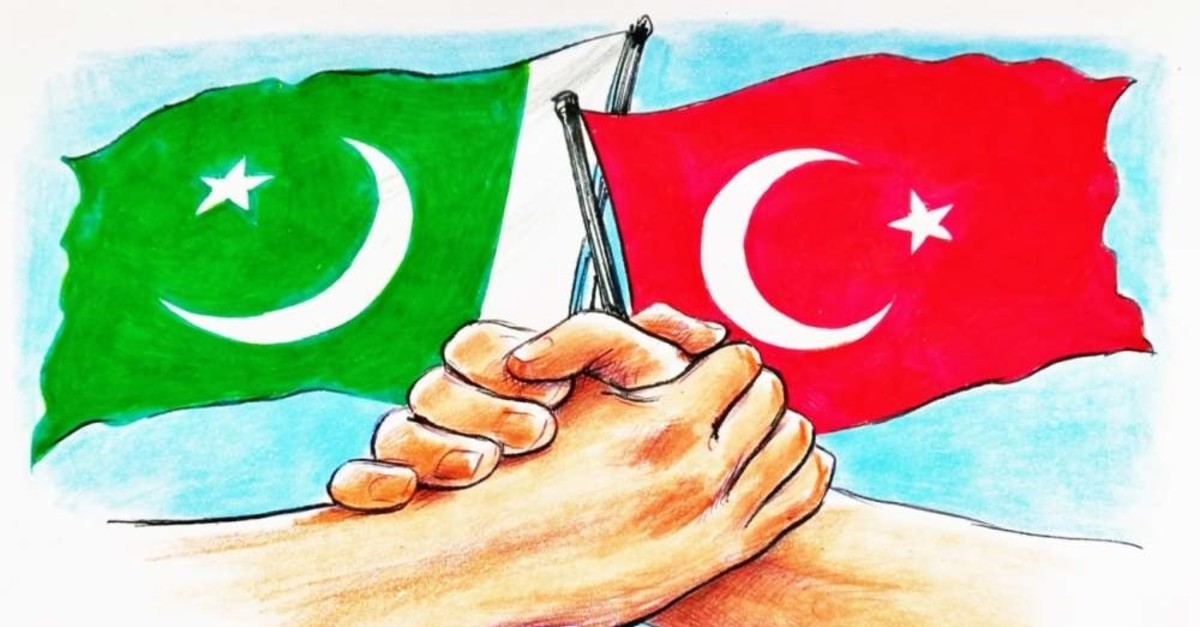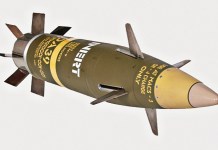OPED By Shay Gal
In 2025, India faced not three separate propaganda machines but a single, interoperable pressure system. China provided industrial-scale amplification. Pakistan manufactured emotive claims and operational rumours. Turkey laundered and internationalised talking points through its English and Urdu-facing megaphones.
This division of labour became visible during Operation Sindoor.
New Delhi had to block both Chinese state media and Turkey’s TRT World on X, even as India’s military leadership publicly flagged Beijing’s “live inputs” to Pakistan and Ankara’s support to Islamabad’s information line.
It was a rare on-the-record glimpse of the triad at work.
What makes this triad distinctive is that each node also runs the same playbook far from the India front and then ports those techniques back. Beijing’s Spamouflage/Dragonbridge complex does not merely push propaganda. It prototyped market-shaping disinformation against Australia’s rare-earths champion Lynas, aiming to spook investors and policy circles.
This showed how “cognitive operations” are keyed to supply chains, not just sentiment. Later, Microsoft and independent researchers tracked the shift to AI-generated personas and synthetic media aimed at polarising elections across democracies – India included.
Turkey’s hub is structurally different but functionally aligned. Under the Presidency’s Communications Directorate, the DMM packages “fact-checks” in multiple languages while RTÜK and allied levers punish dissenting media at home.
These tools increasingly show up abroad via exportable content kits. When Azerbaijani outlets complained in September–October 2025 about a wave of Turkish “fake news” targeting Baku, that “friendly-fire” was not an anomaly but evidence that the machine now manages alliances as well as adversaries.
The same discipline India sees when Turkish coverage mass-replicates unvetted frames about South Asia.
Pakistan, for its part, has professionalised narrative warfare. ISPR-adjacent networks seed fabricated battlefield claims, communal triggers, and identity-based incitement.
They then outsource reach to partner ecosystems. Platform threat reports and open-source forensics have repeatedly documented Pakistan-linked covert networks and cyber-enabled persona operations spanning the subcontinent and beyond.
Crucially, these states do not confine their anti-India narratives to South Asia. They export them outward – targeting diasporas, regional rivals, and Western publics – to reshape perceptions of India in multiple theatres.
In Canada and Australia, Beijing-backed Spamouflage campaigns recycled tropes of Indian minority suppression and Kashmir “disappeared persons”.
Turkey’s TRT and Anadolu English streams push India–Pakistan narratives in Africa and the Middle East. Pakistan operatives have issued “global alerts” about alleged Indian interference, disguised through Western pseudo-media channels.
These campaigns amplify tensions even in Europe. Together, these export operations sharpen global pressure on India’s image. Domestic response alone is no longer enough. The fight must also be waged on foreign battlefields of reputation.
India’s informational battlespace is therefore unique – not because three states target it, but because the target itself is unlike any other.
It is a continental-scale democracy with 22 constitutionally recognised languages, dense digital rails, and one of the world’s fastest-moving attention economies. That combination makes it both the hardest to overwhelm and the most attractive for wedge-narrative experimentation.
Adversaries accordingly micro-segment by language and state, lace rumours with hyper-local cues, and time campaigns to electoral cycles, procurement decisions, and crisis windows.
In response, the Modi government has built a layered, operational deterrent – not just a rhetorical one. On the cyber side, CERT-In’s six-hour incident-reporting rule, NCIIPC’s CII posture, and the I4C grid have tightened tempo and attribution pathways across government and critical sectors.

On the narrative side, the Press Information Bureau’s fact-check architecture and wartime communication drills moved from reactive debunks to real-time triage during Sindoor. They explicitly called out “massive” foreign-origin fake-news barrages and paired them with calibrated platform restrictions.
Where India can now shift from strength to supremacy is in weaponising its language advantage for pre-bunking on a national scale.
Cambridge-led research with Google Jigsaw shows that short inoculation videos can meaningfully harden populations against manipulation techniques.
India already runs the world’s most ambitious multilingual AI stack in BHASHINI. Fusing these two capabilities – automated, language-localised pre-bunks cued to threat telemetry – would let New Delhi pre-empt, not chase, triad narratives.
That same design logic explains why the China–Turkey–Pakistan toolchains matter beyond India. The Lynas case in Australia proved that disinformation can be an industrial policy weapon.
Beijing’s election-season spam networks in Europe and North America show how synthetic personas can chase context rather than truth. Ankara’s DMM-plus-RTÜK model shows how “anti-disinformation” brands can enforce perception rather than verify reality.
Pakistan’s persona-led amplifiers show how a mid-tier actor can scale reach by riding partner platforms.
For India, the lesson is to formalise “narrative load-sharing” in reverse. State, industry, and civil society must each carry a lane.
Information threats should be measured with the same dashboards used for cyber and supply-chain risk, so every major programme—from defence to critical minerals—carries a rumour-control surface, triaged in the languages people actually consume.
In a decisive marker of maturity, India should also turn its multilingual rails outward, offering partners pre-bunk kits in their own languages. When the triad shifts theatres—from Kashmir to the South China Sea, from Rafale rumours to rare-earth panics—the inoculation should arrive before the infection.
The piece extends insights from the author’s research for the International Institute of Strategy (IIS, Greece), tracing how Turkey’s domestic information control has become part of a wider China–Pakistan–Turkey nexus.
- Shay Gal is a senior strategic advisor and analyst specializing in international security, defense policy, geopolitical crisis management, and strategic communications. His work bridges geopolitics, information strategy, and leadership, helping governments and defense institutions shape coherent security and communication strategies in complex environments and build resilience against disinformation. He served as Vice President for External Relations at Israel Aerospace Industries (IAI) and previously advised Israeli government ministers on crisis management, policy formulation, and strategic influence.




